 The Comfort of Ghosts (Maisie Dobbs, #18) by Jacqueline Winspear
The Comfort of Ghosts (Maisie Dobbs, #18) by Jacqueline Winspear Format: eARC
Source: supplied by publisher via Edelweiss
Formats available: hardcover, paperback, ebook, audiobook
Genres: historical fiction, historical mystery, World War II
Series: Maisie Dobbs #18
Pages: 361
Published by Soho Crime on June 4, 2024
Purchasing Info: Author's Website, Publisher's Website, Amazon, Barnes & Noble, Kobo, Bookshop.org, Better World Books
Goodreads
A milestone in historical mystery fiction as Maisie Dobbs takes her final bow!
Psychologist and investigator Maisie Dobbs unravels a profound mystery from her past in a war-torn nation grappling with its future.
London, 1945: Four adolescent orphans with a dark wartime history are squatting in a vacant Belgravia mansion—the owners having fled London under heavy Luftwaffe bombing. Soon after a demobilized British soldier, ill and reeling from his experiences overseas, takes shelter with the group, Maisie Dobbs visits the mansion on behalf of the owners.
Maisie is deeply puzzled by the children's reticence. Their stories are evasive and, more mysteriously, they appear to possess self-defense skills one might expect of trained adults in wartime. Her quest to bring comfort and the promise of a future to the youngsters and to the ailing soldier brings to light a decades-old mystery concerning Maisie’s first husband, James Compton, who was killed while piloting an experimental aircraft. As Maisie picks apart the threads of her dead husband’s life, she is forced to examine her own painful past and question beliefs she has always accepted as true.
The award-winning Maisie Dobbs series has garnered hundreds of thousands of followers around the world, readers who are drawn to a woman who is of her time, yet familiar in ours—and who inspires with her resilience and capacity for endurance at the worst of times. This final assignment of her own choosing not only opens a new future for Maisie Dobbs and her family, but serves as a fascinating portrayal of the challenges facing the people of Britain at the close of the Second World War.
Over seventeen previous books in the Maisie Dobbs series, hundreds of thousands of readers worldwide have fallen in love with this fearless, compassionate woman—this final adventure not only ties up all Maisie’s loose ends, but also serves as a fascinating portrayal of life in Great Britain after the close of the second World War.
My Review:
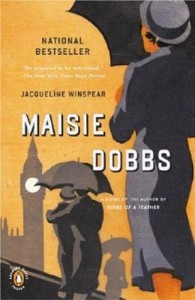 As seems fitting for this final book in the Maisie Dobbs series, A Comfort of Ghosts begins with an ending. One of the towering – literally as he was quite tall – secondary figures in this long-running series, Lord Julian Compton, originally Maisie’s employer, once-upon-a-time her father-in-law, later and last her friend, has died, Leaving Maisie to mourn, to comfort his widow, to be the executor of his estate and to clean up his last act in the late war.
As seems fitting for this final book in the Maisie Dobbs series, A Comfort of Ghosts begins with an ending. One of the towering – literally as he was quite tall – secondary figures in this long-running series, Lord Julian Compton, originally Maisie’s employer, once-upon-a-time her father-in-law, later and last her friend, has died, Leaving Maisie to mourn, to comfort his widow, to be the executor of his estate and to clean up his last act in the late war.
Sending a group of young squatters to her empty house in London, to protect some of Britain’s most hidden and secretive wartime operatives from a false charge of murder. They are a loose end, and entirely too many ‘boffins’ in the war offices have become so accustomed to death being the only tool in their toolbox to take care of such loose ends that they are willing to send four adolescents to the hangman for a crime that wasn’t really a crime that they had the misfortune to witness.
This final story of Maisie’s adventures shows her doing what she has always done best – discovering a problem and getting to the bottom of a situation that someone doesn’t want to be found while protecting as many innocents – and even some of the guilty – along the way.
That, in the middle of this investigation she has the opportunity to finally lay to rest the ghosts of her own past as well as bring her dearest friend back from the brink of disaster and help not one but two dear and deeply scarred veterans out of their very own pits of despair while searching for yet one more complicated truth hidden behind a scrim of convenient lies makes The Comfort of Ghosts, and the solace that Maisie has finally learned to take from her own, a perfect ending to the series.
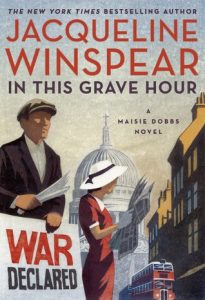 Escape Rating A-: This story closes all the circles that were opened back in the very first book in this series, the titular Maisie Dobbs, finds all the dangling threads that have been left hanging through the course of EIGHTEEN BOOKS, and ties each and every one of them off. So it’s a book about endings.
Escape Rating A-: This story closes all the circles that were opened back in the very first book in this series, the titular Maisie Dobbs, finds all the dangling threads that have been left hanging through the course of EIGHTEEN BOOKS, and ties each and every one of them off. So it’s a book about endings.
At the same time, because of its setting, it’s also a book about beginnings. The series began in the years just before the opening of the ‘Great War’, when young Maisie became an under-housemaid in the household of Lord Compton at the age of thirteen. Maisie’s midnight raids of the great house’s great library were discovered by the mistress of the house, Lady Rowan Compton, and Maisie’s life took a different direction than it otherwise might, leading to all of the marvelous if sometimes fraught adventures and heartbreaks of the series.
But this story takes place in 1945. The second World War has just ended, the recovery and reconstruction has barely begun. Britain is no longer the seat of empire, and the U.S. – and Russia – have taken center stage as a new thing – superpowers.
Maisie and her generation of friends and frenemies are middle aged or older, retiring, returning to home and hearth, or lying dead on a battlefield from one war or the other. This last story, this reckoning of all her accounts, is her swansong.
Which is a hint and a half not to start the series here. It’s not necessary to real all of the previous 17 books to get into this one – I have a few I never got around to but probably will eventually – but this story has so much more resonance if you’ve read at least some and have gotten to know Maisie’s circle of friends and colleagues and contacts and the myriad ways that their lives have become interconnected over the decades.
 For those, like this reader, who have gotten to know Maisie over the years and books, this story is a bittersweet delight. It also feels right that Maisie leave the stage at this historical juncture, as the world she knew is not the world that is to come – as we know and as hints are shown in the story.
For those, like this reader, who have gotten to know Maisie over the years and books, this story is a bittersweet delight. It also feels right that Maisie leave the stage at this historical juncture, as the world she knew is not the world that is to come – as we know and as hints are shown in the story.
But, in that desire to get every thread tied off with a neat bow and foreshadow the changes in the world as it will be, it may have lingered just a bit too long and found a way to tie that last bow just a bit too coincidentally. Your reading mileage may vary.
Still and absolutely all, a marvelous and utterly fitting ending to a captivating series, leaving this reader with both that smile because it happened and a tear or two because it ended.

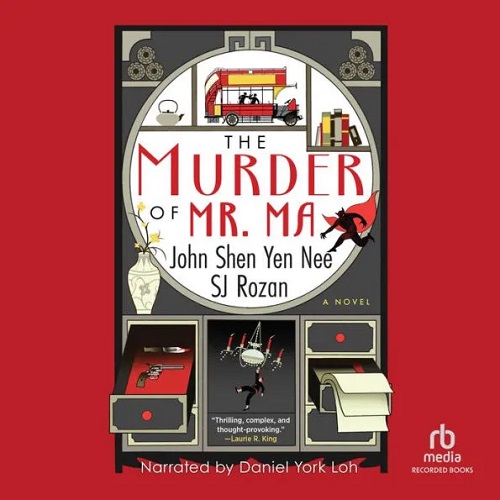 The Murder of Mr. Ma (Dee & Lao, #1) by
The Murder of Mr. Ma (Dee & Lao, #1) by 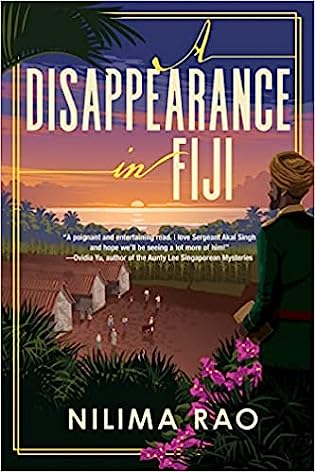 A Disappearance in Fiji by
A Disappearance in Fiji by 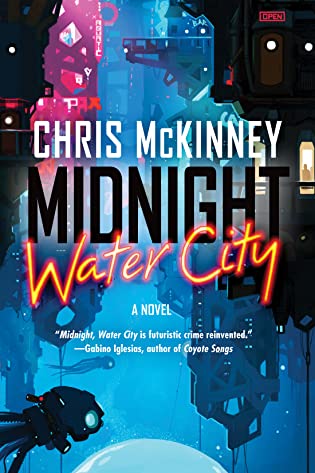 Midnight, Water City (Water City, #1) by
Midnight, Water City (Water City, #1) by 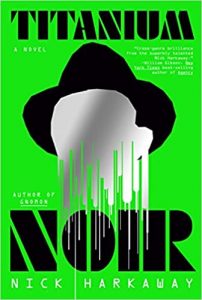 Escape Rating A: In the beginning, Midnight, Water City reminded me a whole helluva lot of
Escape Rating A: In the beginning, Midnight, Water City reminded me a whole helluva lot of  What made this story and setting so damn fascinating was that the detective’s walk through very dark places in his past and Kimura’s leads both the protagonist and the reader to questions about what he was truly serving and why he was chosen to serve it. Questions about the difference between something being right and something being true – and which is the one that lets you sleep at night.
What made this story and setting so damn fascinating was that the detective’s walk through very dark places in his past and Kimura’s leads both the protagonist and the reader to questions about what he was truly serving and why he was chosen to serve it. Questions about the difference between something being right and something being true – and which is the one that lets you sleep at night.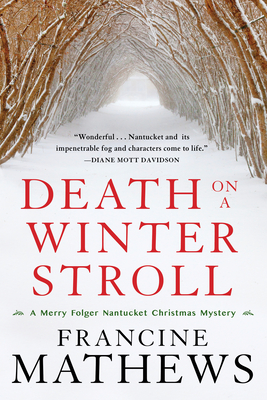 Death on a Winter Stroll (Merry Folger #7) by
Death on a Winter Stroll (Merry Folger #7) by 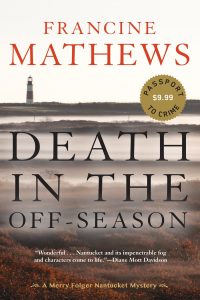 Death on a Winter Stroll turned out to be a one-sitting read for me, I sunk right into it and didn’t emerge until I was done three hours later. I was completely absorbed in the mystery, the setting and the characters, and didn’t feel like I was missing anything at all, in spite of this book being
Death on a Winter Stroll turned out to be a one-sitting read for me, I sunk right into it and didn’t emerge until I was done three hours later. I was completely absorbed in the mystery, the setting and the characters, and didn’t feel like I was missing anything at all, in spite of this book being 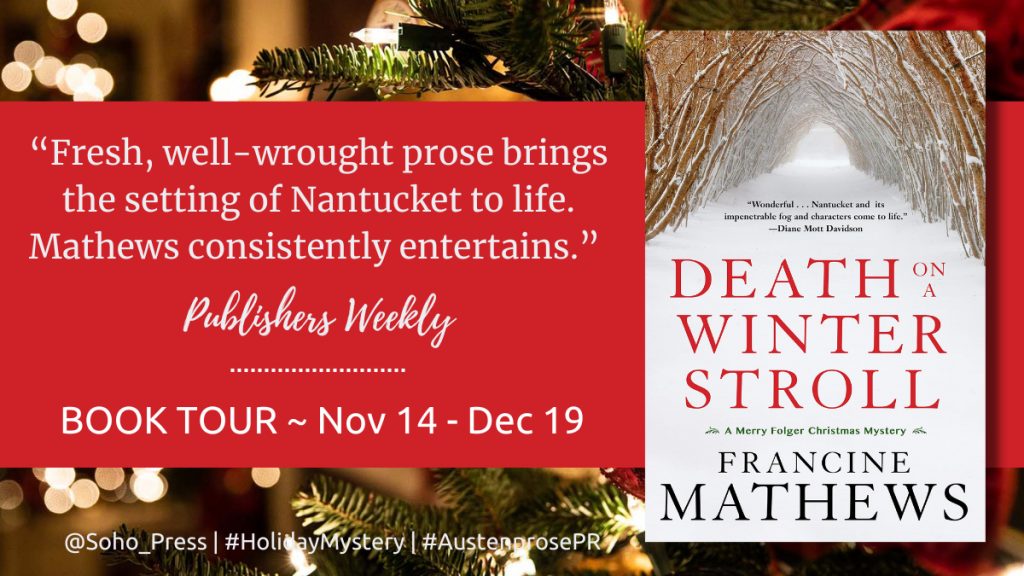
 Francine Mathews
Francine Mathews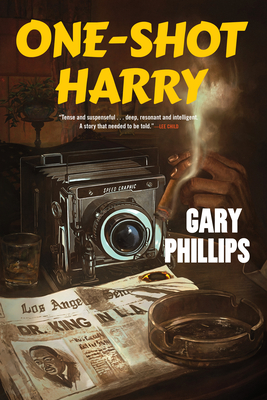 One-Shot Harry by
One-Shot Harry by 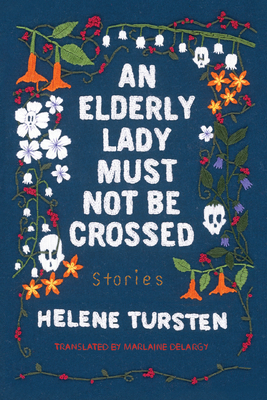 An Elderly Lady Must Not Be Crossed by
An Elderly Lady Must Not Be Crossed by  Escape Rating A-: As with the previous book, Maud’s adventures are short but not exactly sweet. How could they be when Maud’s tried-and-true method of solving problems is to eliminate the cause of the problem – permanently.
Escape Rating A-: As with the previous book, Maud’s adventures are short but not exactly sweet. How could they be when Maud’s tried-and-true method of solving problems is to eliminate the cause of the problem – permanently.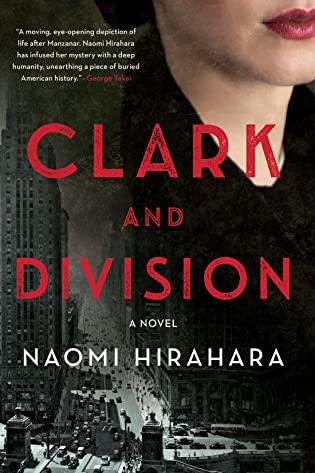 Clark and Division by
Clark and Division by 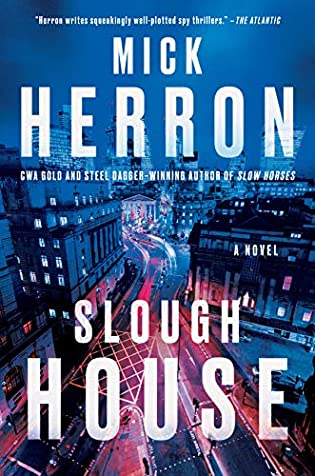 Slough House (Slough House, #7) by
Slough House (Slough House, #7) by 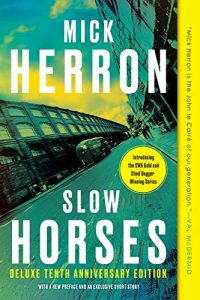 I suspect that there is a lot more about Jackson Lamb, the denizens of Slough House, the relationship between Slough House and Regent’s Park and the entire setup in the previous books in the series. But I haven’t read them and didn’t feel the lack. I mean, I’m intensely curious about the whole thing but didn’t feel like I was missing anything I needed in order to get firmly stuck into this story.
I suspect that there is a lot more about Jackson Lamb, the denizens of Slough House, the relationship between Slough House and Regent’s Park and the entire setup in the previous books in the series. But I haven’t read them and didn’t feel the lack. I mean, I’m intensely curious about the whole thing but didn’t feel like I was missing anything I needed in order to get firmly stuck into this story.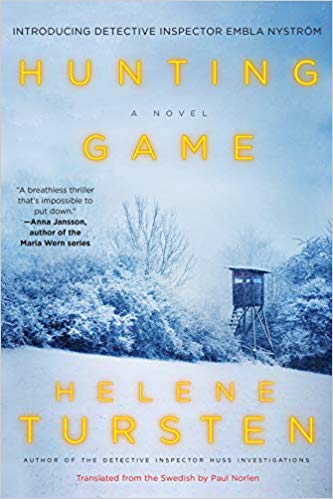 Hunting Game (An Embla Nyström Investigation #1) by
Hunting Game (An Embla Nyström Investigation #1) by 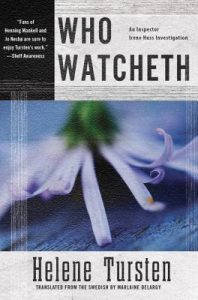 A couple of years ago I reviewed
A couple of years ago I reviewed